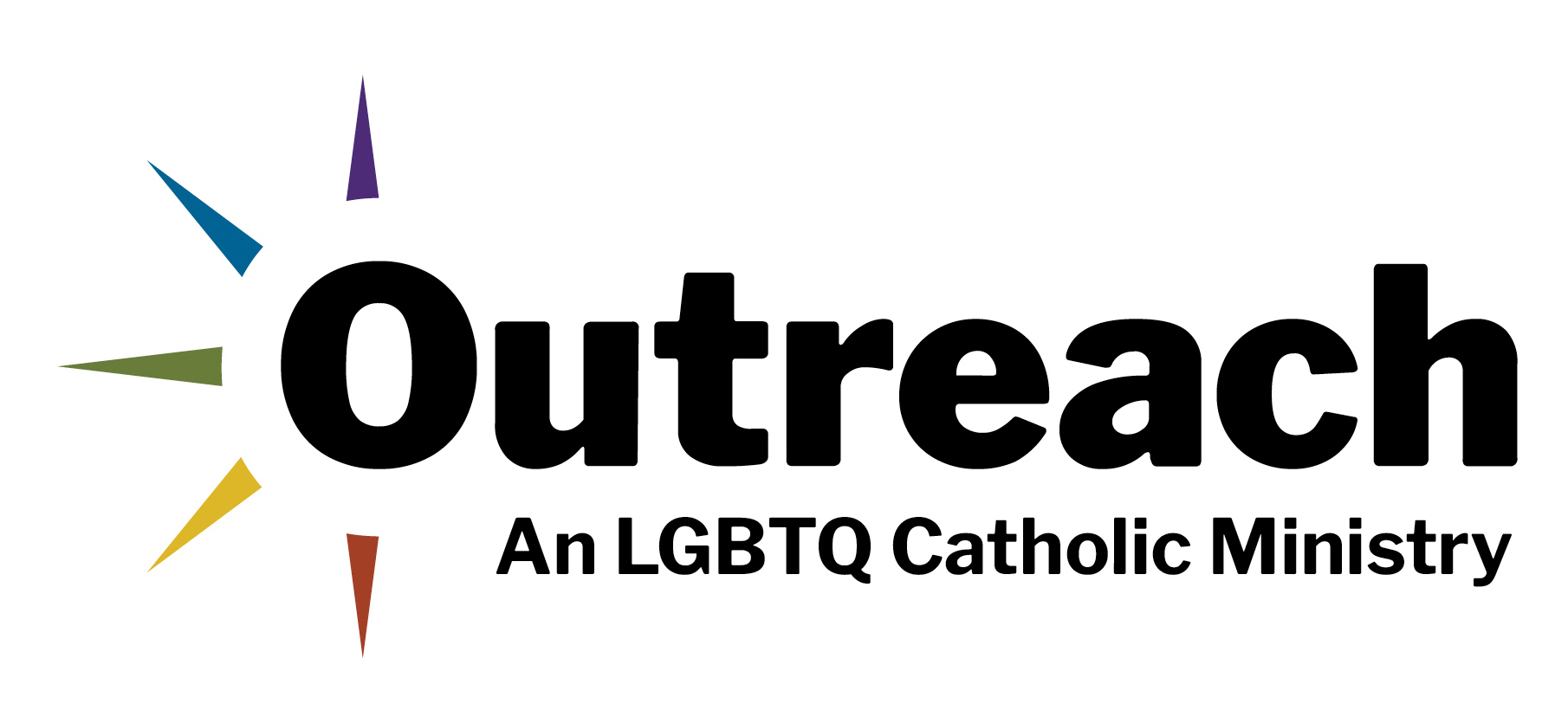This essay first appeared in our weekly newsletter on August 31, 2024.
One of the most popular speakers at this year’s Outreach conference, held in early August at Georgetown University, was the New Testament scholar Amy-Jill Levine. Professor Levine (“AJ” to her friends and colleagues) taught for many years at Vanderbilt University.
She is the author of several books, including most recently, Jesus for Everyone: Not Just Christians. In her keynote address at the conference, she focused on the Bible’s “clobber passages,” those verses that have been used wrongly to “clobber” LGBTQ people.
Her masterful study The Misunderstood Jew takes aim at the lazy stereotypes that even the most thoughtful scholars and preachers pass along.
One of her books is essential as we consider this Sunday’s Gospel reading, which focuses on Jesus’s interaction with the Pharisees. Her masterful study The Misunderstood Jew takes aim at the lazy stereotypes that even the most thoughtful scholars and preachers pass along to fellow Christians.
In today’s Gospel, Mark reports that the Pharisees critique Jesus and his followers for not following certain traditions: “Why do your disciples not follow the tradition of the elders but instead eat a meal with unclean hands?” In response, Jesus calls the Pharisees “hypocrites” who “disregard God’s commandment but cling to human tradition.”
In some parishes this Sunday, this reading will be used, unfortunately, to make the following point: Thank God that Jesus swept away the heartless laws that oppressed the Jewish people of his time.
Often these homilies are preached with good intentions: to remind people of the essentials of our faith. As Jesus says at the end of this reading, what is more important than what goes into a person is what comes out of a person, and he lists many “evil” deeds that come from a malicious heart.
The problem, as Amy-Jill points out in The Misunderstood Jew, is that Jesus was a devout Jew, and as far as dietary rules went, to take just one example, both Jesus and his followers kept kosher. Otherwise, the story in Acts 10, in which the Apostle Peter wrestles with dietary restrictions, would make no sense.
Let’s be careful not only about how we understand the critics of Jesus, but also how we understand Jesus himself.
The second problem is that it reduces Judaism to a terrible caricature, based on Mark’s presentation of a select group of Pharisees. We have no idea how many Pharisees agreed with the charges against Jesus. Besides, the Pharisees were just one part of the kaleidoscope of groups that made up first-century Judaism. (And remember that Nicodemus, ultimately a follower of Jesus, was a Pharisee.)
When it comes to the Bible and LGBTQ people, this trope is often used as follows: Bad Old Testament, Good New Testament. Even worse: Bad Judaism, Good Christianity. That is, thank God Jesus came along and brought some compassion into religion. This approach can easily lead to both anti-Semitism and anti-Judaism. And, as AJ said in her talk, “You don’t have to make Judaism look bad to make Jesus look good.”
Clearly, there were disputes between Jesus and some religious leaders of his day. But let’s be careful not only about how we understand the critics of Jesus, but also how we understand Jesus himself, who was—like Mary, Joseph and all the Apostles—Jewish.




